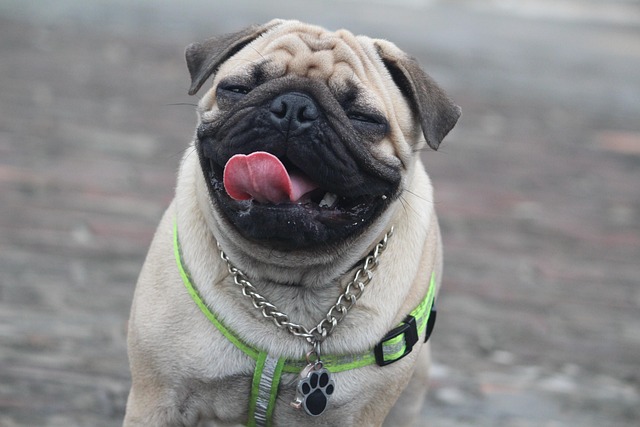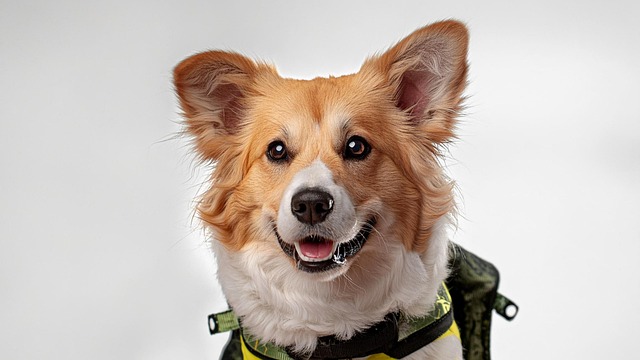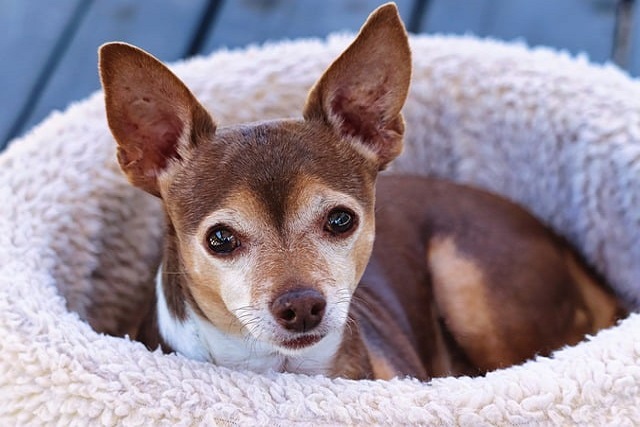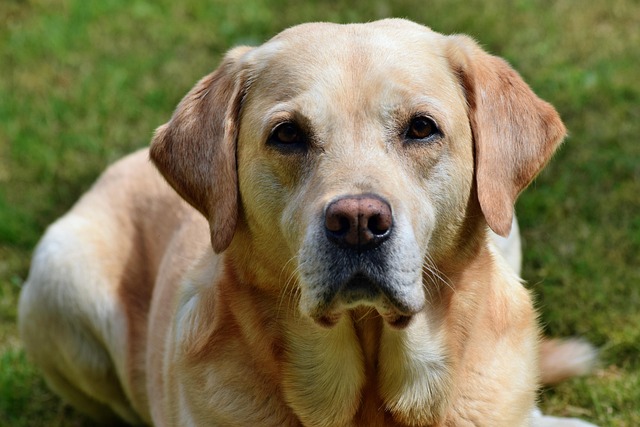Dogs thrive on consistency, but that doesn’t mean scolding them harshly when they mess up. If your pup chews your favorite shoes or has an accident indoors, the key is to react in the moment—before they move on to something else. A firm “no” paired with a gentle redirection, like offering a chew toy instead, helps them connect the behavior to the response. Yelling or physical correction can scare them, making it harder to build trust, and in many places, it’s not just unkind but against local guidelines that prioritize humane treatment.
Timing matters more than you might think. If you find a chewed pillow hours after it happened, scolding your dog won’t work—they won’t link the punishment to the old behavior. Instead, focus on catching them in the act. When you see them about to jump on a guest, for example, guide them to sit and reward that good behavior with a treat or praise. Positive reinforcement sticks better than negative reactions; dogs learn faster when they know what gets them love and attention.
 Setting clear boundaries from the start makes discipline feel like second nature for both of you. Maybe your dog isn’t allowed on the couch, or they need to wait at the door before going outside. Stick to these rules every time—if you let them on the couch sometimes but not others, they’ll get confused. It’s also smart to check local laws about things like leash rules or barking limits. Following those isn’t just about avoiding fines; it helps your dog fit into the community, making walks and trips to the park more enjoyable for everyone.
Setting clear boundaries from the start makes discipline feel like second nature for both of you. Maybe your dog isn’t allowed on the couch, or they need to wait at the door before going outside. Stick to these rules every time—if you let them on the couch sometimes but not others, they’ll get confused. It’s also smart to check local laws about things like leash rules or barking limits. Following those isn’t just about avoiding fines; it helps your dog fit into the community, making walks and trips to the park more enjoyable for everyone.
Exercise and mental stimulation can cut down on the need for discipline in the first place. A bored dog is more likely to dig up the garden or bark excessively. A long walk, a game of fetch, or puzzle toys that hide treats can burn off that extra energy, leaving them calmer and less likely to act out. Think of it this way: a tired dog is a well-behaved dog, and that means fewer moments where you have to step in.
Patience is your best tool. Training takes time, especially with puppies or rescue dogs who might have bad habits from before. If they slip up, take a breath and remember they’re not being naughty on purpose—they’re still learning. Celebrate the small wins: the first time they sit on command without being asked, or when they go to their bed instead of begging at the table. Those moments build a bond that makes discipline feel like part of teamwork, not a battle.
Disciplining your dog isn’t about being strict—it’s about guiding them to be happy, healthy members of your family. By staying consistent, using positive reinforcement, and knowing what’s expected in your area, you’ll create a routine that works for both of you. In the end, a well-disciplined dog is one who feels secure, loved, and confident in their place in your home.
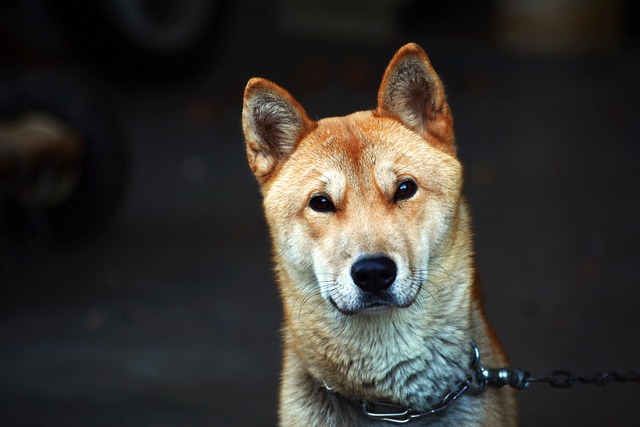
 Setting clear boundaries from the start makes discipline feel like second nature for both of you. Maybe your dog isn’t allowed on the couch, or they need to wait at the door before going outside. Stick to these rules every time—if you let them on the couch sometimes but not others, they’ll get confused. It’s also smart to check local laws about things like leash rules or barking limits. Following those isn’t just about avoiding fines; it helps your dog fit into the community, making walks and trips to the park more enjoyable for everyone.
Setting clear boundaries from the start makes discipline feel like second nature for both of you. Maybe your dog isn’t allowed on the couch, or they need to wait at the door before going outside. Stick to these rules every time—if you let them on the couch sometimes but not others, they’ll get confused. It’s also smart to check local laws about things like leash rules or barking limits. Following those isn’t just about avoiding fines; it helps your dog fit into the community, making walks and trips to the park more enjoyable for everyone.